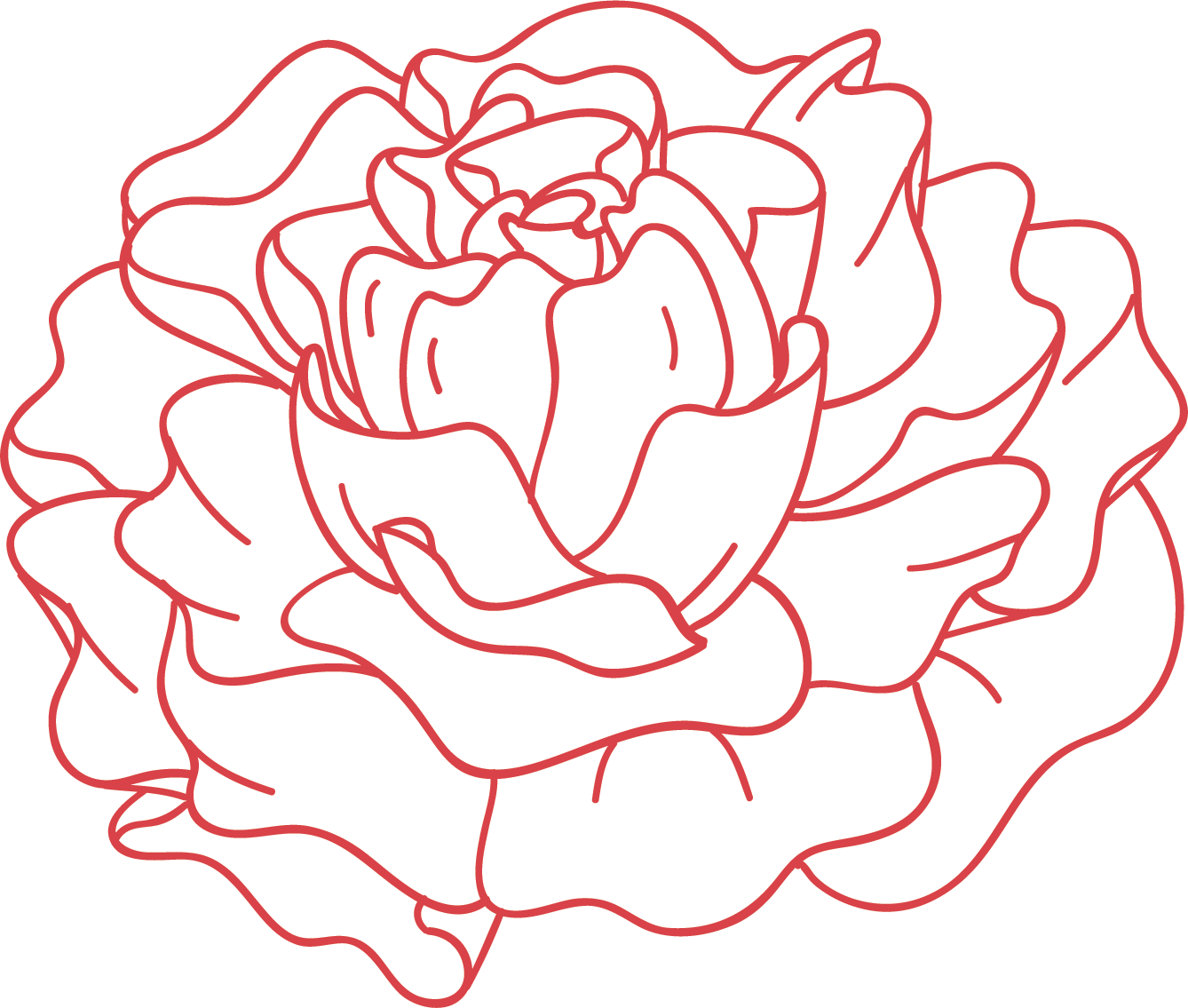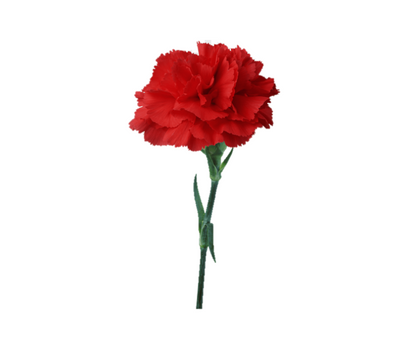As Alpha Chi Omega celebrates 137 years of sisterhood this week, we look back on the symbols and traditions that have stood the test of time. Perhaps one of the most widely recognized symbols of Alpha Chi Omega is the red carnation – a joyful reminder of the heritage we share. It is the flower of scarlet petals cradled in a sturdy green stem that carries with it a message of brightness and serves as an illustration of everything that is noble, good and true. It serves to remind all Alpha Chi Omegas of hope that is evergreen and love that never fails.
Below is an excerpt from The History of Alpha Chi Omega Fraternity, 1885-1910 that tells more about the history of the red carnation and how it came to mean so much to sisters all over the world.
Without question, the lyre is the acknowledged visible symbol of Alpha Chi Omega. However, the red carnation surely is a close second and “wears well” throughout a member’s life in ways the lyre may not. What a good choice for a fraternity’s flower.
One could argue that the choice of the scarlet carnation as Alpha Chi Omega’s flower was a brilliant one. The red carnation is colorful, accessible, long-lasting. It is hard to miss whether one single stem in a bud vase or many arranged in a lavish bouquet.
Yet, there is nothing written in historic records to indicate when the choice of the scarlet carnation was made, or by whom. This subject was covered in a 1959-60 issue of The Lyre and contains some interesting information.
 Edith Manchester Griffin, Zeta, New England Conservatory of Music, was editor of The Lyre from 1900-06. Edith was once asked when the red carnation was selected. She indicated that “a red flower was always wanted and carnations preferred” but she did not think there had been a special flower at first. In the June 1901 issue of The Lyre, Beta chapter, Albion College, wrote of “using Easter lilies, scarlet carnations, palms and ferns” at an Easter dinner in the lodge. In celebrating its sixteenth birthday in 1901, Alpha chapter, DePauw University, described “decorations of a lyre filled with carnations and smilax.” The 1904 convention report contained this description: “Tables were gorgeously arrayed, after the fashion of Alpha Chi, with scarlet carnations, smilax, and fern.”
Edith Manchester Griffin, Zeta, New England Conservatory of Music, was editor of The Lyre from 1900-06. Edith was once asked when the red carnation was selected. She indicated that “a red flower was always wanted and carnations preferred” but she did not think there had been a special flower at first. In the June 1901 issue of The Lyre, Beta chapter, Albion College, wrote of “using Easter lilies, scarlet carnations, palms and ferns” at an Easter dinner in the lodge. In celebrating its sixteenth birthday in 1901, Alpha chapter, DePauw University, described “decorations of a lyre filled with carnations and smilax.” The 1904 convention report contained this description: “Tables were gorgeously arrayed, after the fashion of Alpha Chi, with scarlet carnations, smilax, and fern.”
Everything has a history, and the scarlet carnation is no exception. The carnation’s history dates back to ancient Greek and Roman times, when it was used in art and décor. With its scientific name dianthus roughly translating to “flower of love” or “flower of the gods,” the carnation has been revered for centuries. One of the world’s oldest cultivated flowers, the carnation is known for its ruffled appearance, clove-like scent and extended flowering period.
William Shakespeare wrote in The Winter’s Tale, “The fairest flowers o’ the season are our carnations...” In England it became the “divine flower” because of its beauty and attractive fragrance. It arrived in America in the mid-1800s.
As The Lyre article indicated, “So, it is not surprising that, whenever or whether it was actually adopted, the scarlet carnation was early recognized as a ‘natural’ for us.” It has been “ours” for well over 100 years.
An Alpha Chi Omega knows, without reading the card, when red carnations are delivered to her sorority house or family home that a sister is celebrating, supporting or sympathizing with her.
Originally used to decorate for special occasions, the red carnation has become an outward expression for all Alpha Chi Omegas of so much more. Whether the sender or the receiver, members of Alpha Chi Omega have discovered a cherished, tangible and beautiful way to express the Bond they share.
Visitors to headquarters can now leave with a vintage carnation card with this endearment: “Take red carnations, dear from me, and let them tell, my love for thee.”






.png?width=300&height=257&ext=.png)